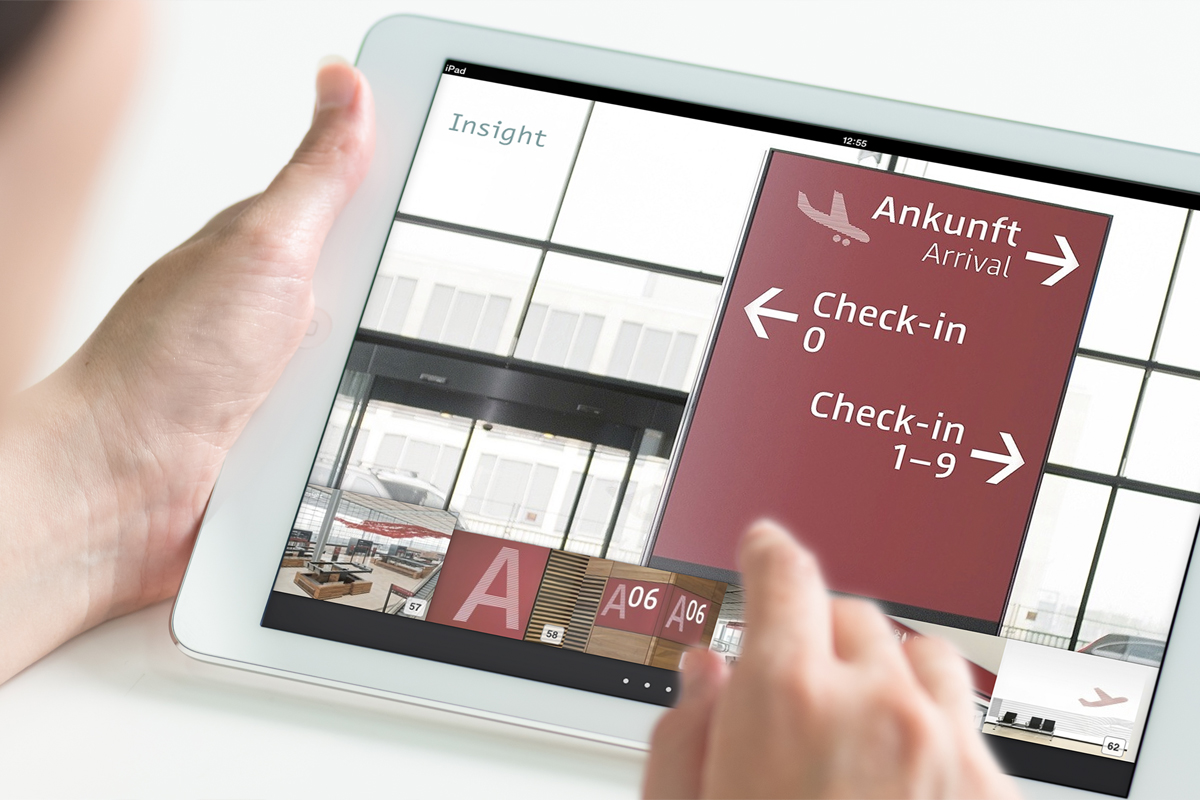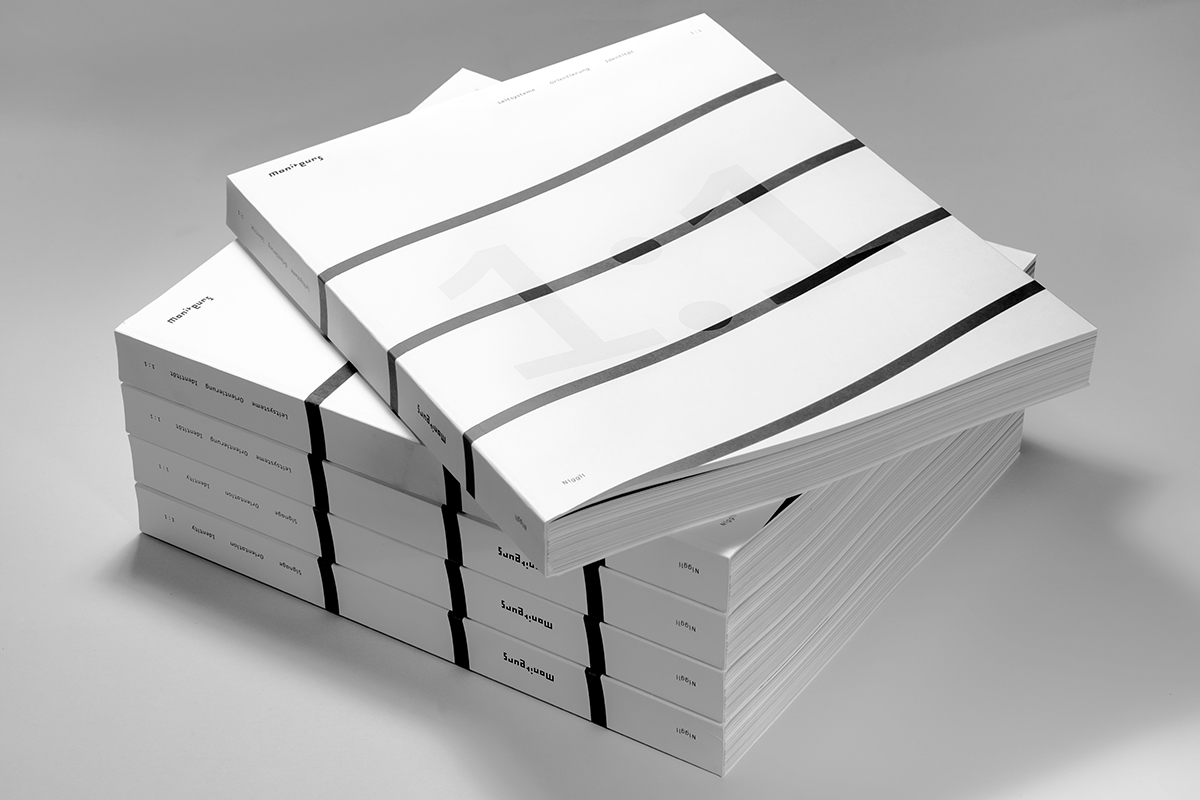
Niggli Verlag
Airport Wayfinding Book
Airports are mega-places where millions of people move and cultures meet. They are places whose identity is multi-layered: On the one hand, the history and the design concept of the respective country can be read, almost cliché-like local characteristics are condensed and reflect the positioning of a country in the global structure. On the other hand, airports represent hypermodern, functional environments in which processes are internationally standardized and maximally efficient with a focus on entertainment and consumption.
This book reflects on the centenary of civil aviation from the perspective of passenger information and airport identity. Airports and Airlines have to integrate new concepts and technologies to significantly reduce the industry’s carbon footprint while simultaneously ensuring traveller safety. The transition to a new era of aviation is happening now, and there is no doubt in our minds that design, information design and wayfinding will continue to be essential tools in this fundamental transformation. Another motivation for publishing a book at this moment.
English, 240 pages, 800 images, 23 x 28,5 cm
Authors and Editors
Heike Nehl, Sibylle Schlaich
Publication date
2021
Publisher
Niggli, imprint of Braun Publishing AG, Salenstein
view on the website of the publisher
Microsite Moniteurs
Translation and proofreading
Marla Luther, Julie Hagedorn
Reproduktion
Bild1Druck GmbH, Berlin
Awards
IIID Award 2023
SEGD Global Design Award 2022
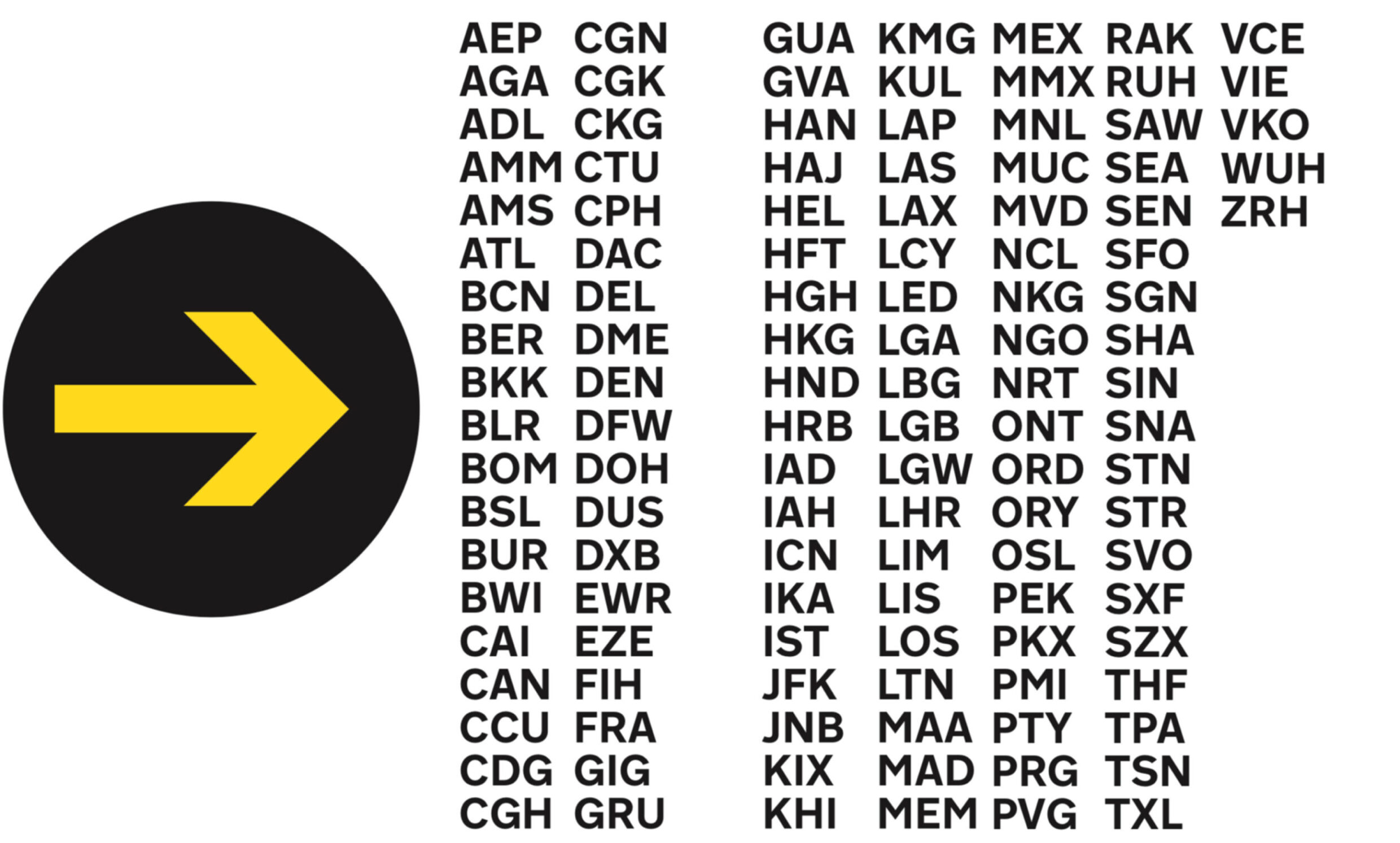
The authors and Moniteurs partners Heike Nehl and Sibylle Schlaich are two leading information designers and wayfinding specialists. They set out on a quest to decipher the unique identities in the wayfinding systems of over 100 international airports.
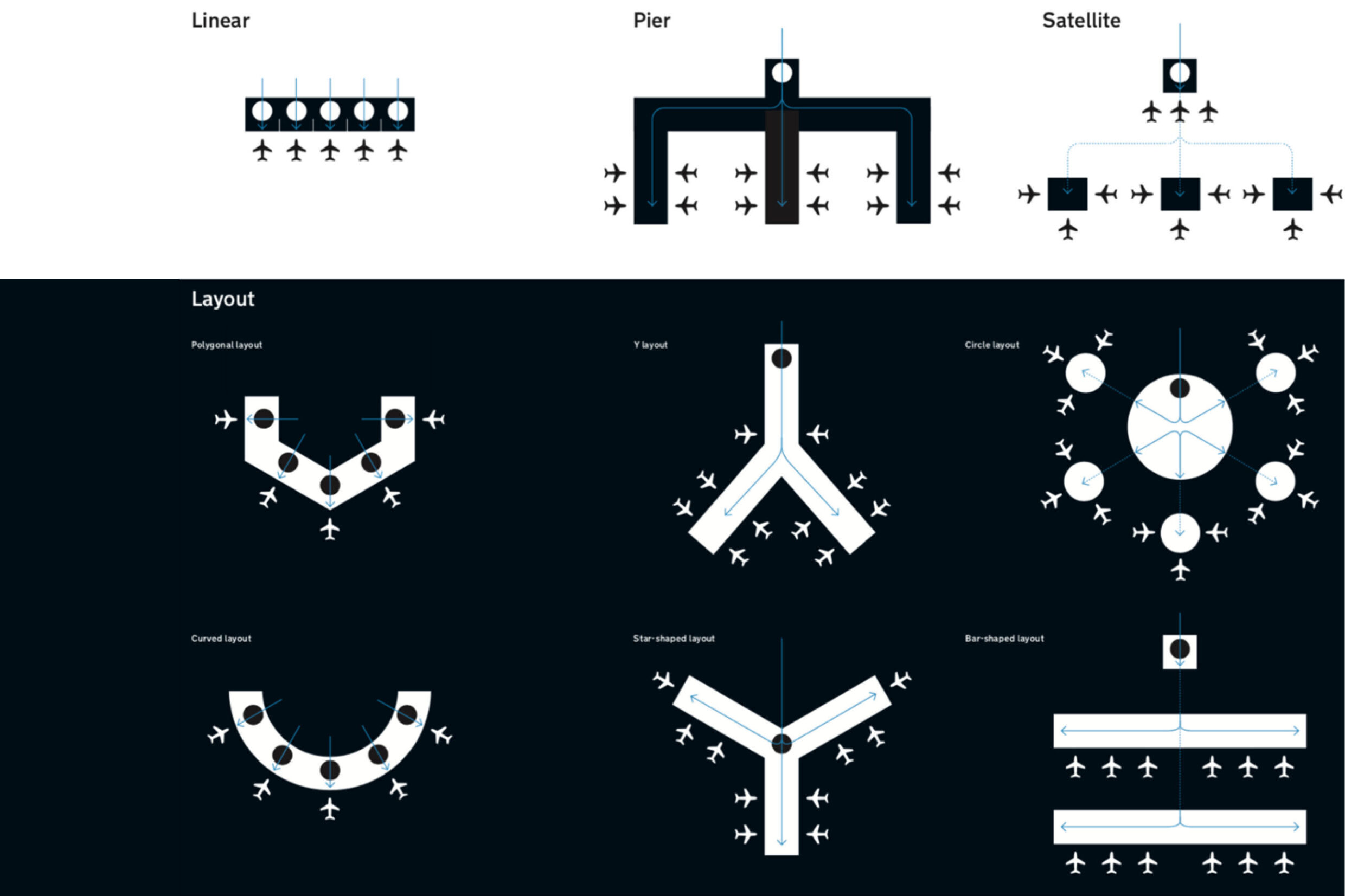
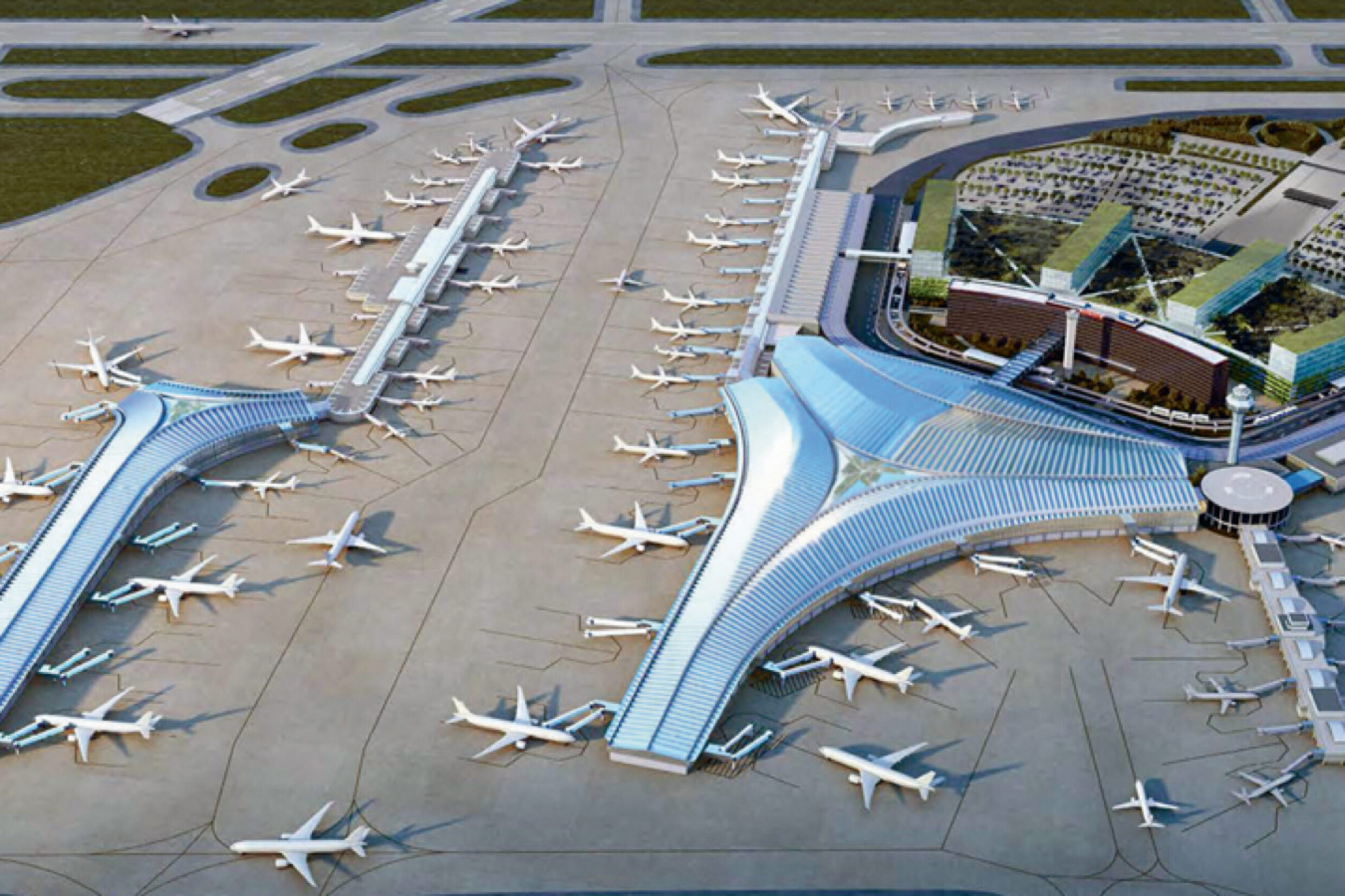
The Evolving chapter is a journey through 100 years of airport history: How do airport typologies change, and what impact do these changes have on passenger flows and on-site information needs? Pictured right, Chicago O’Hare Airport’s new Global Terminal with a Y-shaped layout designed by Studio ORD, a collaboration between Studio Gang, Solomon Cordwell Buenz, Corgan, Milhouse Engineering & Construction, Inc. and STLarchitects.
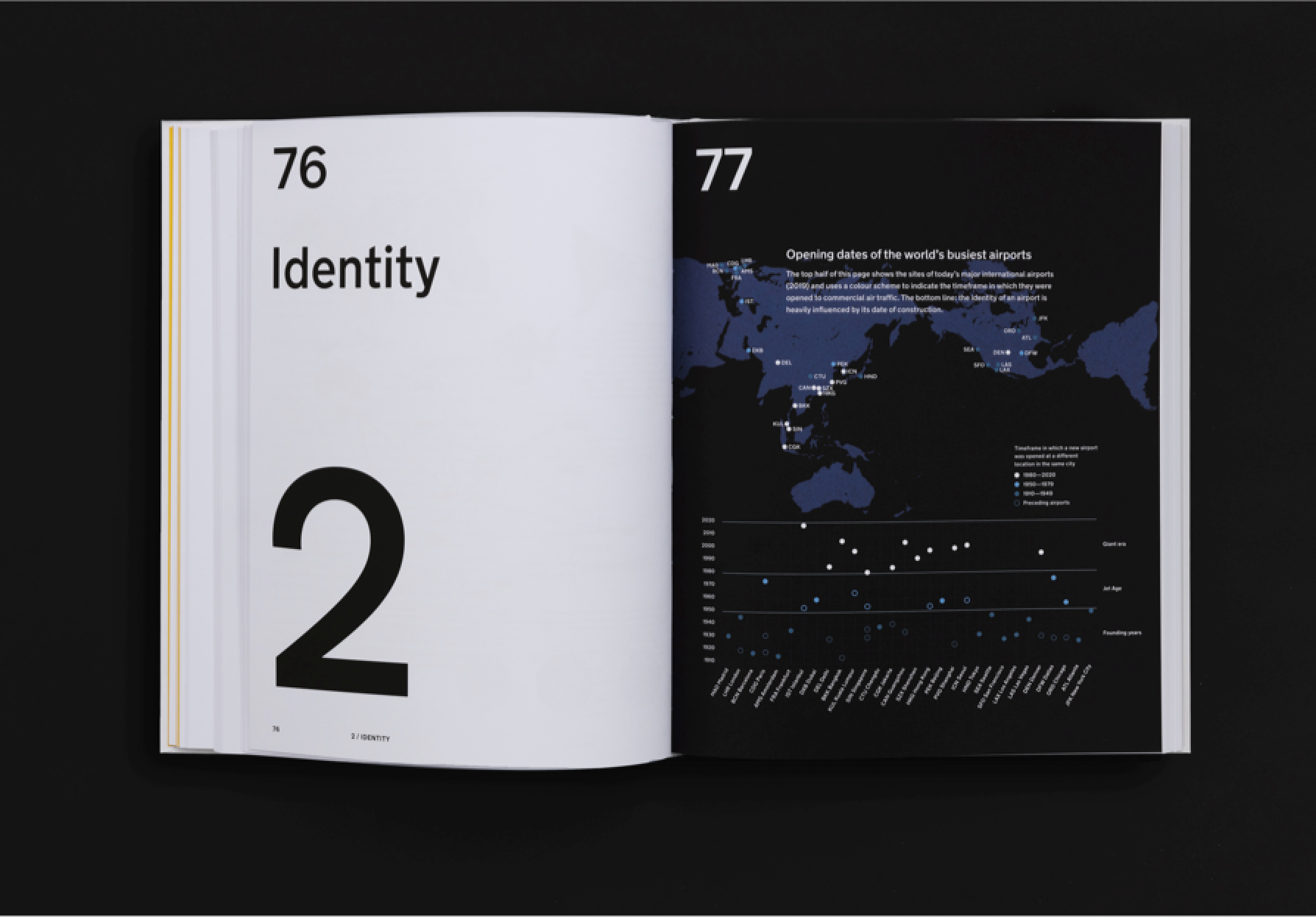
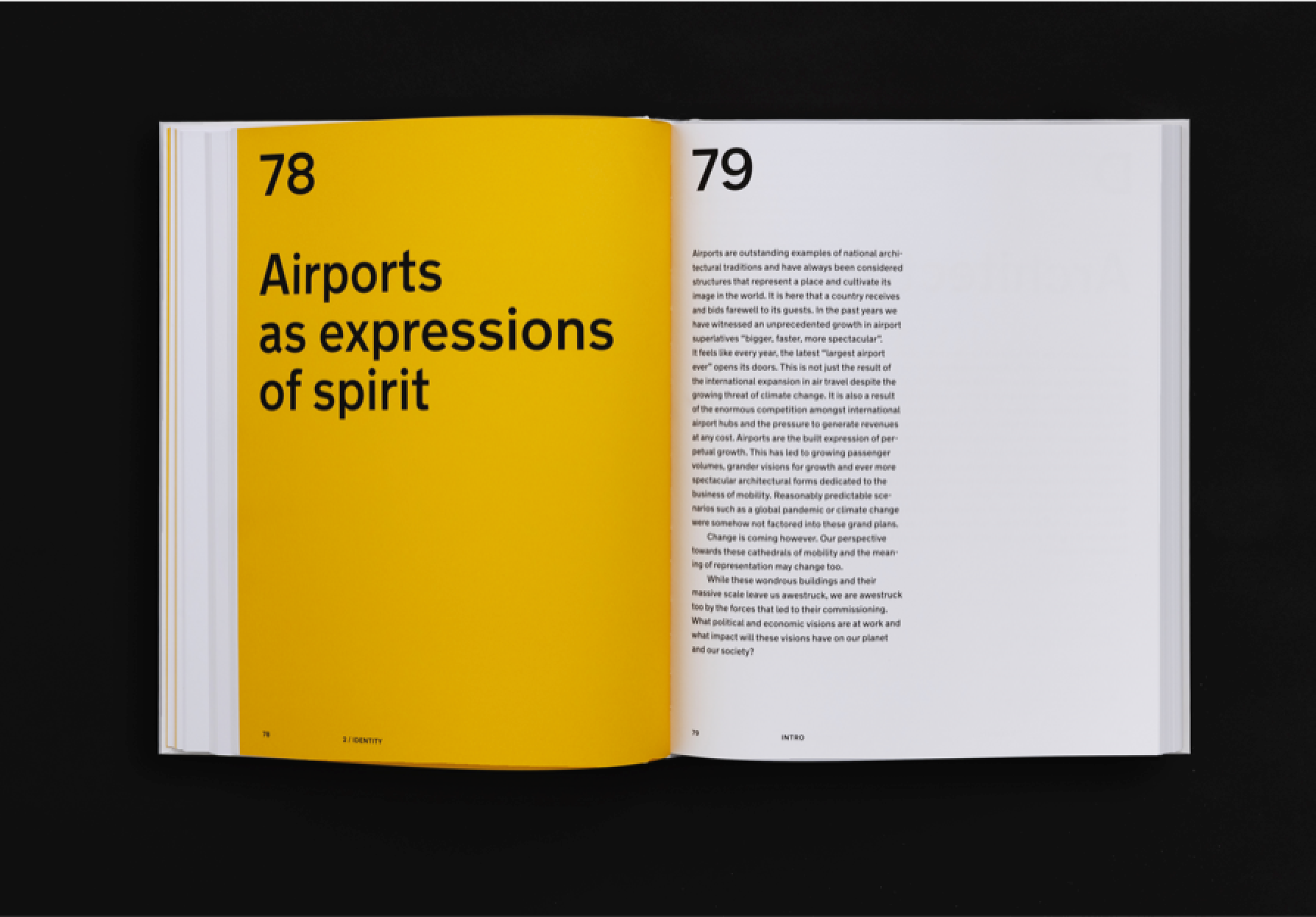
This book is the product of Moniteurs’ many years of intensive reflection, analysis and creative work in the wonderfully complex world of airport wayfinding.
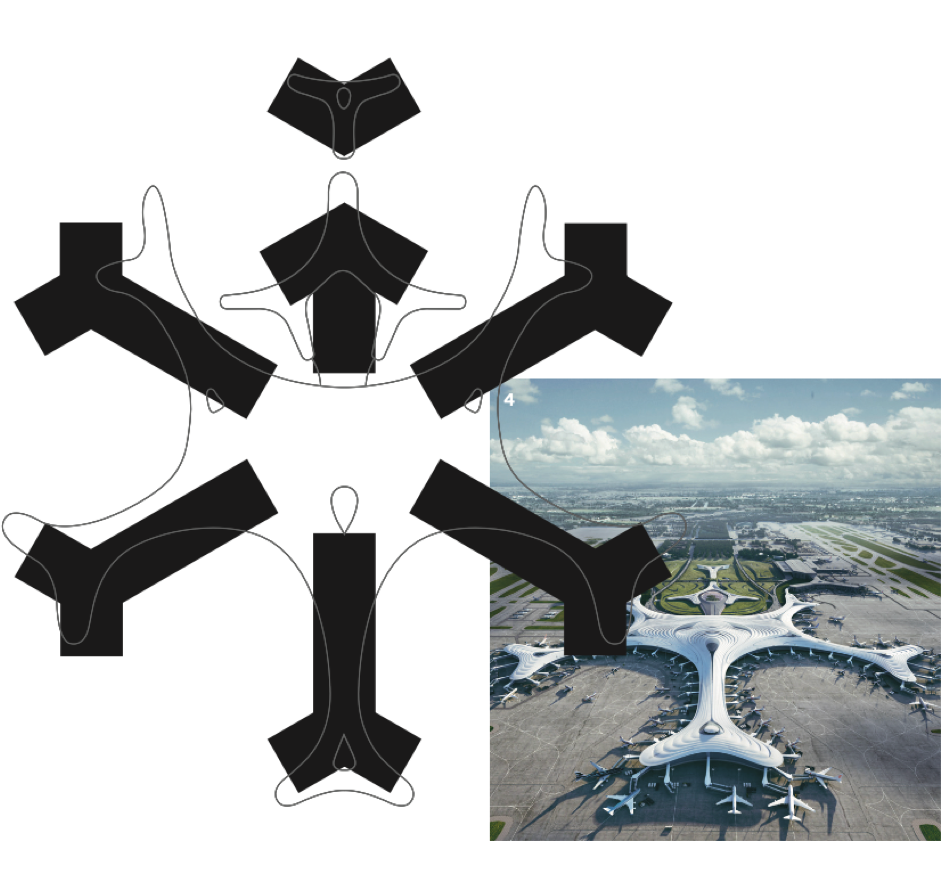
Still in the design phase: the snowflake-shaped terminal, designed by MAD Architects. The new Terminal 3 at Harbin Taiping International Airport takes on the shape of an oversized snowflake floating just above earth.
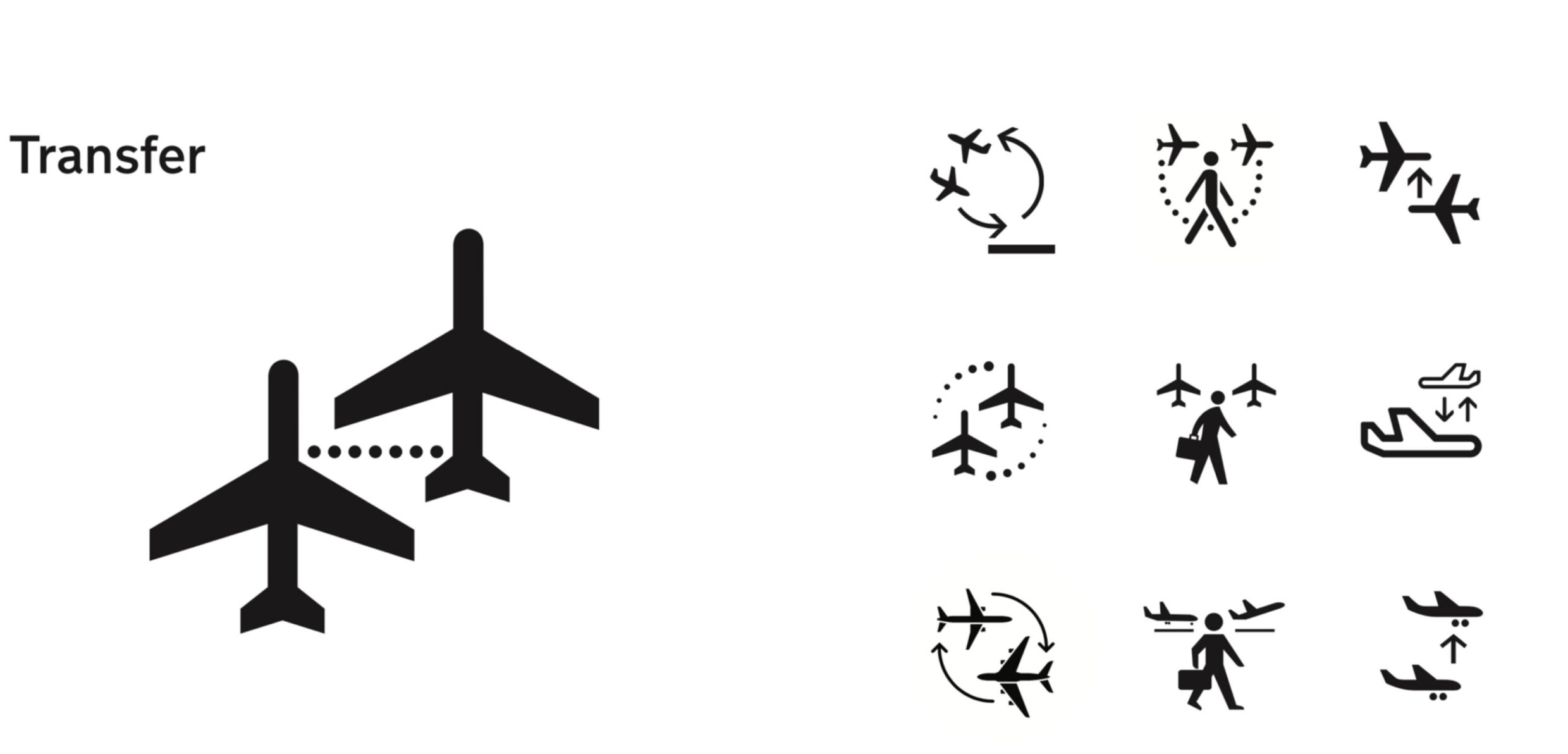
Pictograms are indispensable elements in airport wayfinding and are used on almost every sign. Good pictogram design can improve the quality of the airport experience and can also convey a unique style, value or atmosphere.
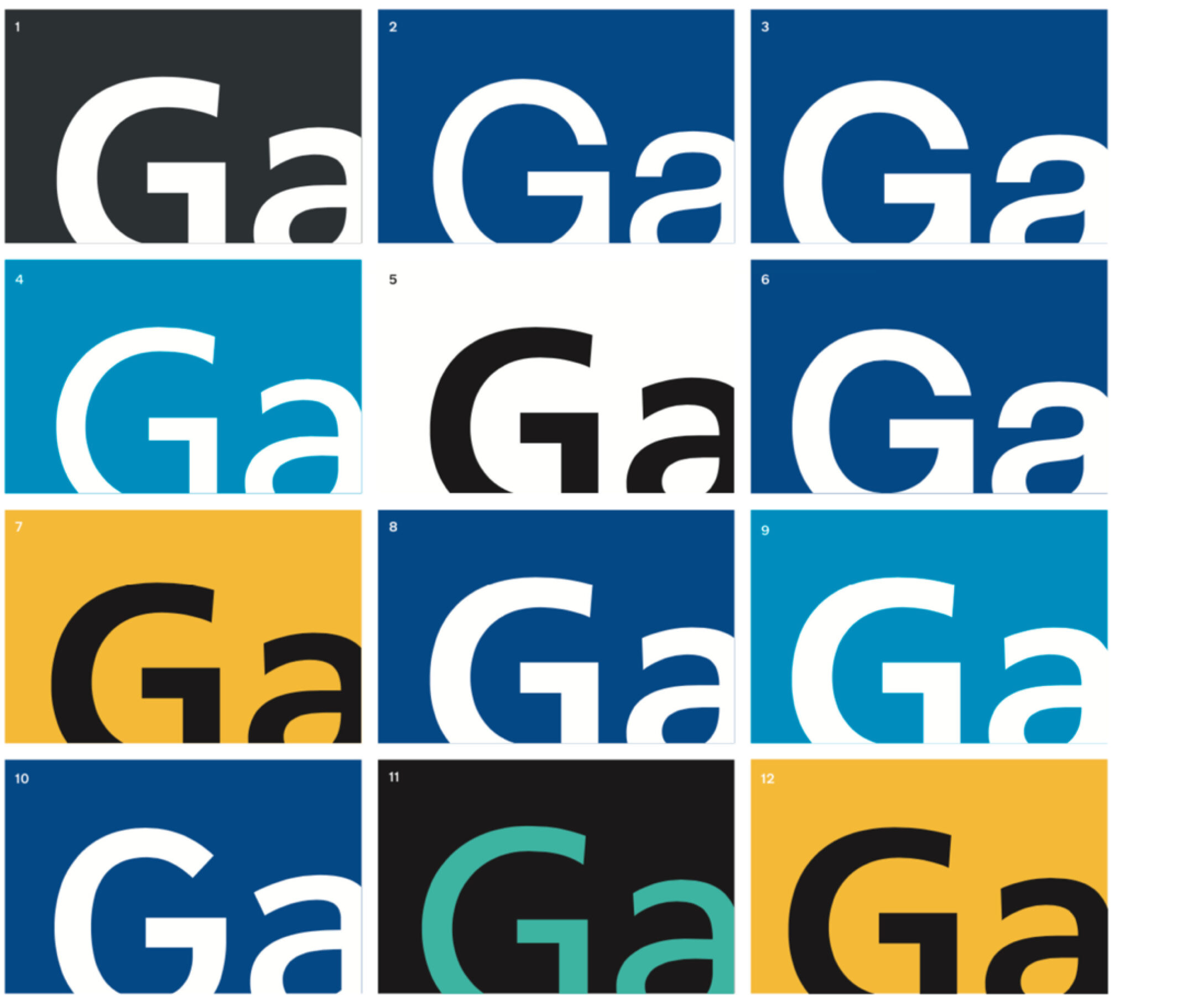
Frutiger, followed by Helvetica, has become the global standard font for airport wayfinding systems of the largest airports of the world. Each airport could have selected a typeface rooted in the society, culture and design tradition of its location and reflect the individuality of the airport.
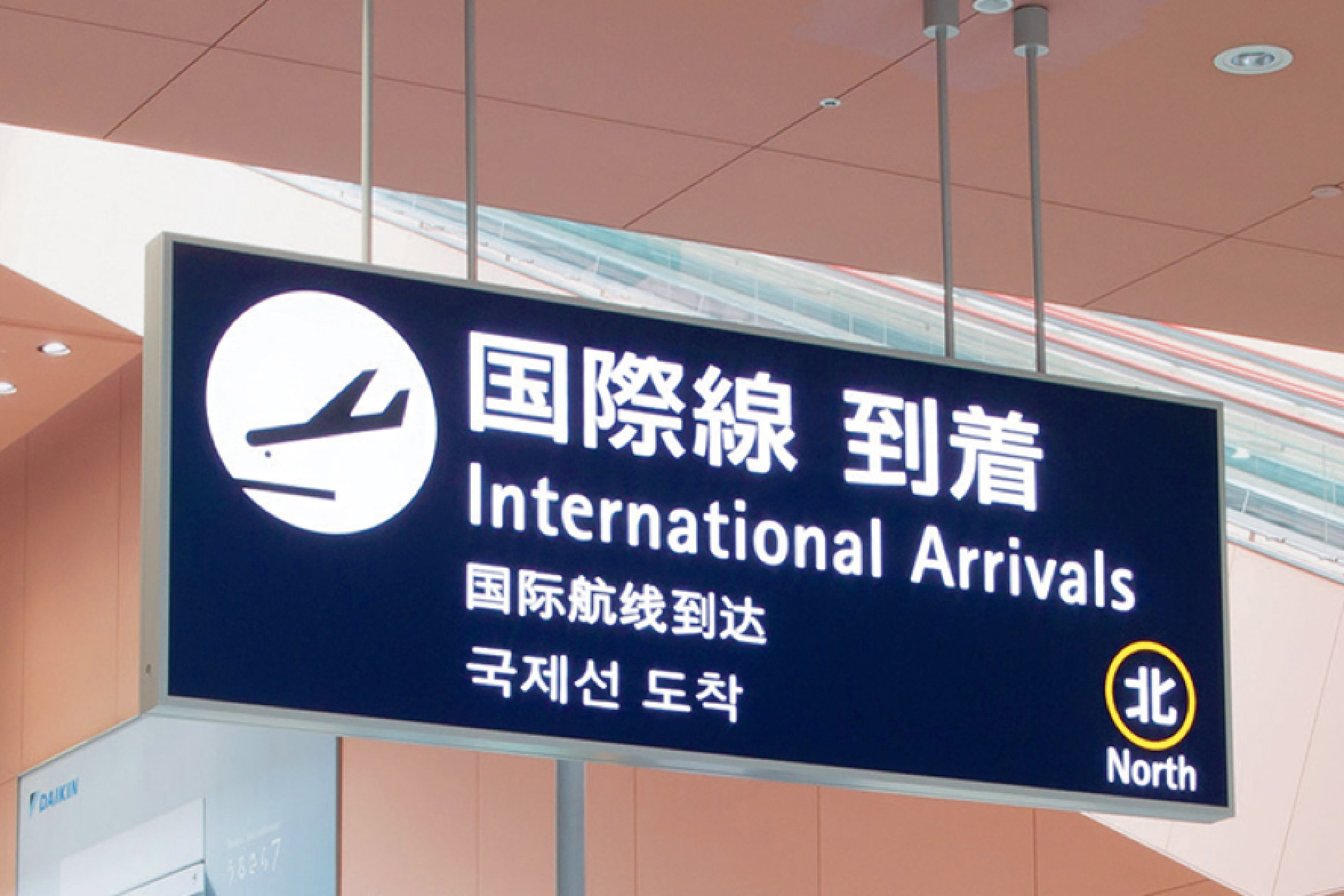
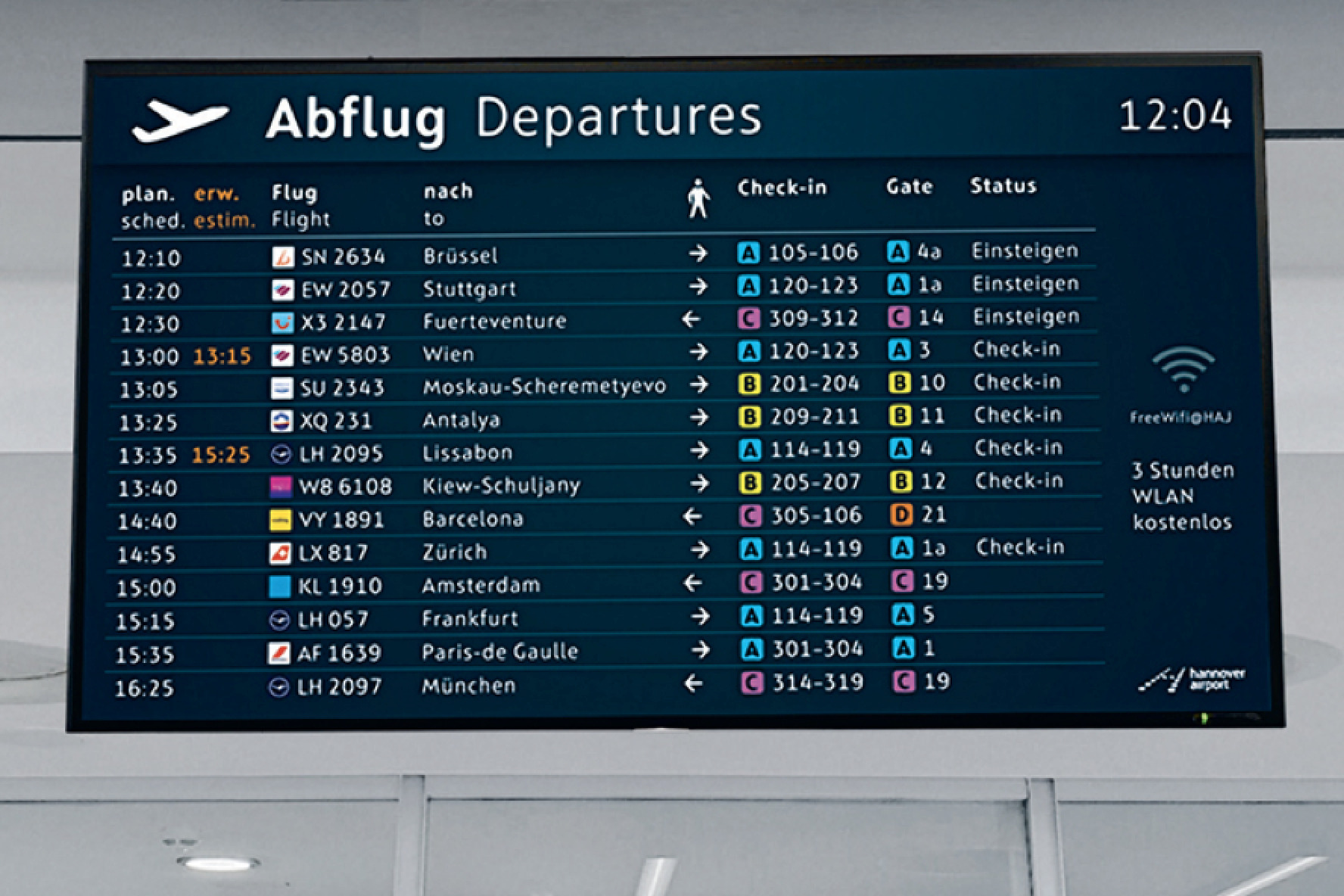
Airports wayfinding has transformed into a spatial interface in which travellers use multiple media to navigate a vast, complex and multipurpose structure.
